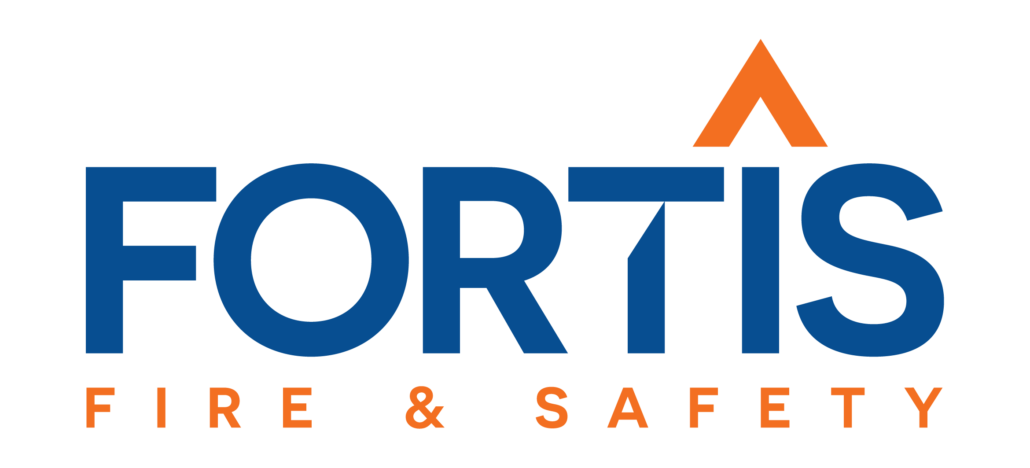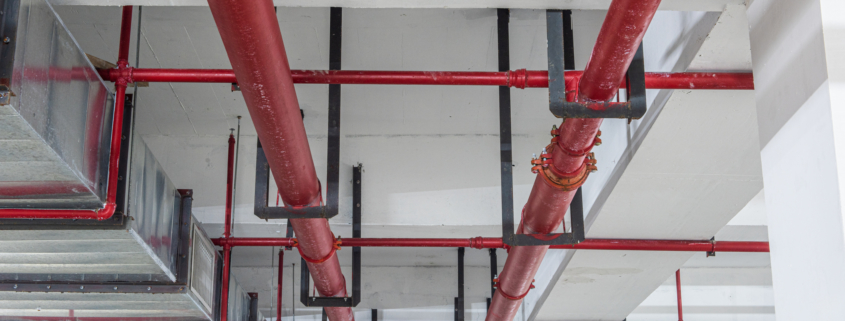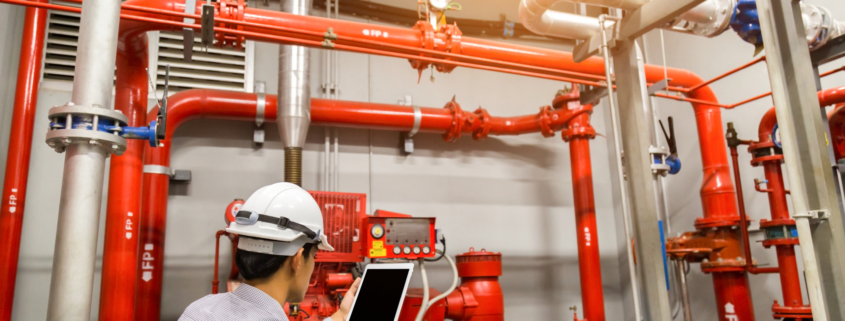Reasons to Invest in Fire Protection Services Today
Many business owners choose not to invest in fire protection services to cut costs and improve their bottom line. However, these business owners may not realize that the scope of fire protection goes beyond the event of a fire itself. In fact, fire protection services benefit businesses long before and well after an incident occurs.
Read on to learn how investing in fire protection services can protect your business and employees, cut insurance costs, and help your company survive business interruption and make a successful recovery.
Keep Your Business and Employees Safe
The most important reason to invest in fire protection service is to keep both your business and your employees safe.
Protect Your Business
Any fire can devastate your business. Small fires may damage your property enough to halt business operations for a few days. Large fires may result in the complete loss of your building, materials, merchandise, important documents or records and, in the worst cases, harm an employee or customer.
Each of these outcomes also carries major financial risk. Investing in fire protection services can help to reduce this risk and protect the business you worked so hard to build.
Protect Your Employees
According to OSHA, “businesses operate more efficiently when they implement effective safety and health management systems.”
Employees play an essential role in supporting your business. By making them feel safe and protected in their workplace, you are helping them to be more productive as well as treating them with the care they deserve. Your business is their livelihood and protecting it is not just about protecting your assets, it’s about protecting them too.
Be Prepared to Survive Business Interruption
Over 70% of businesses that experience a major fire either never reopen or close within three years of the event.
The high percentage of businesses that fail following a fire is largely due to the intensity of business interruption fires cause. If you are well-equipped to handle a major fire, you will be better prepared to survive business interruption. The 30% of businesses that survive fires likely recover because they had plans in place before the event occurred.
Mitigate Risk For Insurance Purposes
Insurance companies assess your potential risk when determining the cost of your coverage.
The cost of fire safety is a drop in the bucket compared to the cost of recovering from a fire and subsequent increases in insurance premiums. Therefore, it is important to have all the precautions in place to reduce any potential risk. Additionally, fire safety services can help your business avoid potential workers’ compensation payments.
Reduce Liability Risk
Business owners can avoid potential liability by investing in proper fire safety insurance. If owners do not comply with regulations or keep their building up to code, they are vulnerable to potential liability. The best way to keep yourself and those in your building safe is to invest in high-quality fire protection.
How to Invest in Fire Protection Services
Business owners have a range of fire protection services to choose from to protect their businesses and employees. For example, fire safety services and solutions may include:
- Fire sprinkler systems
- Fire suppression systems
- Fire alarm and detection systems
- Portable fire extinguishers
- And more
Learn More About Fortis
At Fortis Fire & Safety, we provide cutting-edge expertise in fire protection planning, design, and construction. We understand the challenges that modern facilities face and utilize our experience to find efficient and cost-effective solutions. From initial planning to acceptance testing and beyond, we offer a comprehensive suite of services.
We use the latest in computer-automated design to map out your system so we know the exact specifications before we even set foot on your job site. No need for drawings; we can map your facility and create blueprints from scratch.
We facilitate BIM coordination for new construction projects. We work with your BIM coordinator to load in our plans to avoid structural conflicts before they happen. Additionally, all of our designers are NICET certified in their respective fields.
Learn more about our fire protection services.







